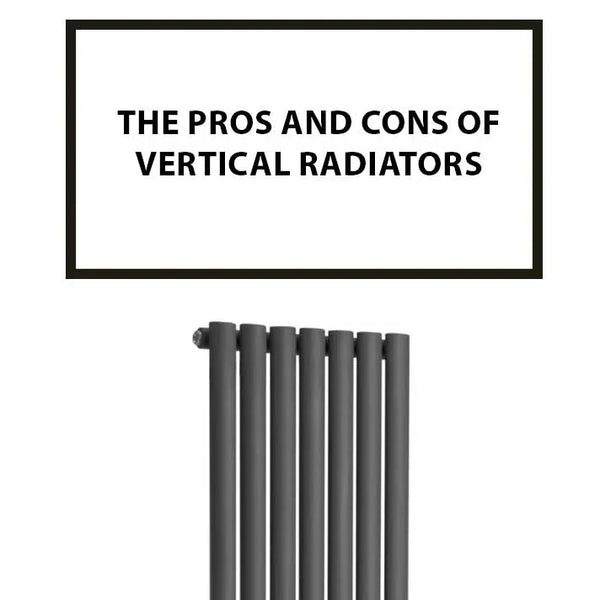How to Balance a Radiator: A Step-by-Step Guide for Optimal Heating

How To Balance A Radiator? The radiators in your house may heat up at different times, or they may get much less hot. When you're faced with a situation like this, you immediately have the question of how do you balance radiators? So in this paper, we're going to show you how to stabilize the radiators you have in your house, and how to have a stable temperature in your house.
Is your radiator out of balance or just in the mood?
Sometimes the top of your radiators can be cooler and make different sounds than the bottom. While this may immediately suggest that your radiators are out of balance, merely venting the air from your radiators will help you solve your problem. But if your radiators don't keep warm at the same time, and some of your radiators are getting warmer later on, then you'll need to stabilize your radiators. Remember, taking the air out of your radiator is not a balancing act.
What are the tools you need to use to avoid stabilizing your radiators?
You'll have to use some tools to stabilize your radiators. You can easily get them at a very affordable price from many convenience stores and hardware stores. Relax about that.
- Radiator ventilation switch to vent your radiators
- Lockshield valve switch or adjustable switch
- Screwdriver set
- Digital thermometer
Caution: turning off your radiators, and having them cool down, starting this process will protect you from the danger of hot water. Be sure to turn off your radiators first, then begin operations.
Balancing your stage radiators
Phase 1, turn off all heating
Take the air out of all of your radiators. After taking the air out of all radiators, turn off all heating and let your radiators cool down.
Phase 2, open all radiators valves
You can turn the valve of all your radiators in your house counter clockwise. But some of the valves in your house may be locked. And you're going to need a key to unlock these valves.
Phase 3, turn on all the heating and check your radiators are heating up
Once you've opened all the radiators' valves, turn on the heat completely and note each radiator's temperature.
Radiators close to the heating center will warm up more quickly. If you're living in a house with lots of radiators and rooms, getting help from the partners you share your home with will help you achieve a more accurate result.
Phase 4, turn off all heating again.
Once you have examined and written down all the radiators in your house, turn off all the heating and let all the radiators cool down again. And the purpose of this is to stabilize water and heat excursions in the system
Phase 5, go to the radiator that warms up the fastest
When all the radiators are cold again, go to your radiator, which heats up the quickest. Close the locking valve of your quickest heating radiator to the end and then turn the locking valve around for a quarter of a turn and turn it on.
Phase 6, measure the degree of your radiator
After making sure that your radiator is completely warm, measure the temperature using a digital thermometer from the pipes that bring hot water to the valve of your radiator.
Phase 7 adjusting the temperature of your radiator's valves
After your measurement in phase 6, measure the temperature of the pipes that bring hot water to the valve on the other side of the radiator. After making this measurement, turn on the lock valve gradually until there is a 12°C difference between the two valves. You have to do it patiently, without rushing to catch that temperature difference.
Phase 8, Repeat the same process for all your radiators
Based on the warm-up times you've already noted for all your radiators, first apply phase 7 one at a time without disrupting the order from the warming radiator to the last warming radiator.
Once you have performed these procedures, you will see a better effect of the heating of your radiators, the distance from the heater.
You'll be able to do all these procedures and stabilize the temperature of your radiators to save between 5 and 10 percent of your energy.
Now it's time to sit back and enjoy a comfortable day in your stable and productive warming home. You've earned it.
Are your radiators still unstable, even though you've done all these stages?
If your radiators are still warming erratically, even after you have performed the 8 phases correctly, there may be a problem with your heating system or radiators. To address these challenges, you can contact our expert team and have the most efficient and balanced heating available for your home.
Everyone's entitled to good warming. For good warming, the Elegant Radiators.







